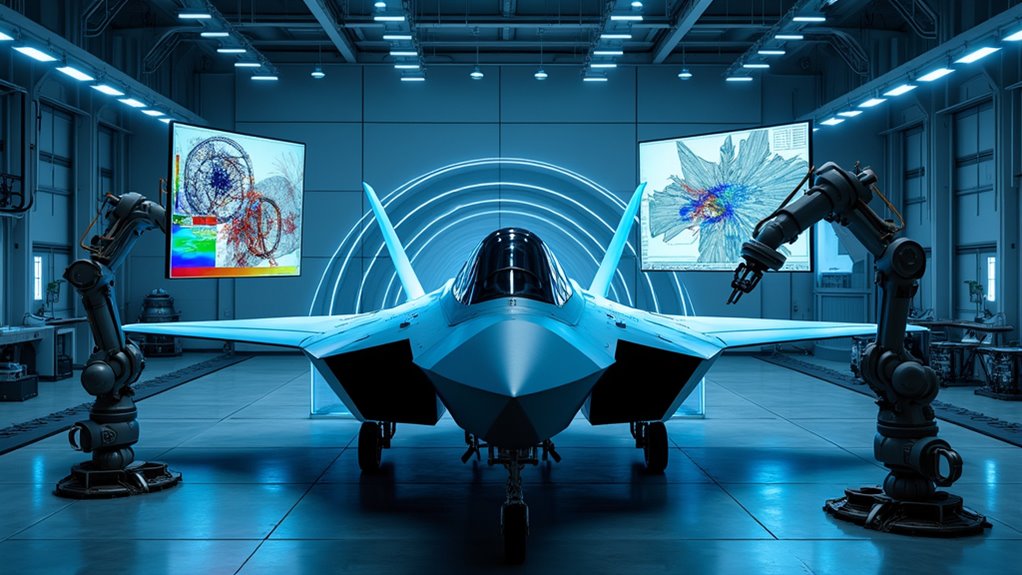Tether’s leap into AI isn’t just about chasing trends—it’s a full-on sprint away from corporate gatekeepers. Their open-source, decentralized AI network wants you (yes, you) to control your data and run stuff on anything from your old laptop to a shiny new phone. Picture: crypto payments, peer-to-peer agents, and Lego-style software blocks. No “evil corp” vibes, just self-sovereign tech with a wink at Big Brother. Curious where Tether’s maverick ambitions go next? Stick around and find out.
Although Tether has long been synonymous with stablecoins and the kind of crypto drama that could fill its own Netflix miniseries, the company is now making a hard pivot into the artificial intelligence sector—with a twist.
Forget the usual closed-door AI labs and corporate overlords; Tether AI promises a fully open-source, hardware-agnostic AI runtime. That means it’s designed to run on just about anything—from your crusty old laptop to the latest, overpriced phone—no Big Tech permission slip required.
Tether AI wants AI to run anywhere—no locked doors, no corporate gatekeepers, just open-source intelligence on your terms.
*Here’s the elevator pitch:*
- Decentralized AI infrastructure—no centralized servers, no API keys, no “Oops, you’ve hit your monthly limit” pop-ups.
- Modular & composable—like Lego bricks, but for software.
- Crypto payments baked in—native support for Bitcoin and USDT, with a wallet development kit (WDK) that lets users actually control their assets. Imagine self-custodial wallets, without having to read a 50-page manual.
Tether’s “Personal Infinite Intelligence” (yes, that’s the actual name) wants to put self-sovereign AI tools directly in your hands. Think less “Big Brother” and more “Mini-Me”—your own AI agent, not some faceless cloud operator.
The open-source ethos is strong here, with Tether betting that transparency (and a horde of community developers) will help outpace the closed-shop competition.
Of course, this is Tether. The company whose USDT stablecoin ballooned to nearly $150 billion in circulation—despite regulatory side-eye and Twitter scandals. Tether Limited introduced Tether (USDT) in 2014 as an asset-backed stablecoin, which has since become a major player in the digital currency space.]
So, the move into AI comes with a *wink* at diversification: they’re not just about stablecoins anymore. Renewable energy, education, and now, decentralized AI.
The timing isn’t random. There’s a growing appetite for decentralized AI—no one wants to hand over their data to the next “evil corp.”
Tether’s approach, combining AI with DeFi and peer-to-peer crypto payments, could disrupt not just crypto, but how autonomous agents transact.
*Details are still under wraps*, but CEO Paolo Ardoino has signaled big ambitions. The competition is fierce.
But if Tether’s AI leap actually delivers, the peer-to-peer agent network might just become the next blockbuster. Or at least, a pilot episode worth watching.









